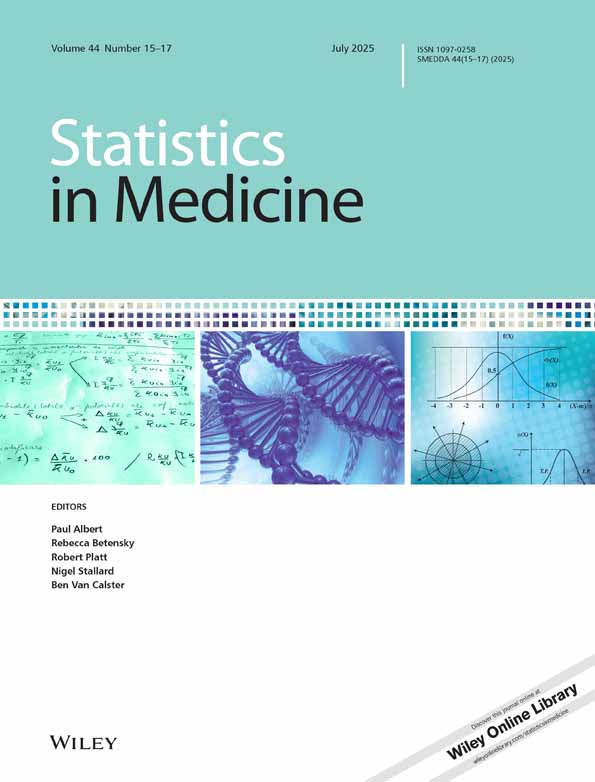Comparing longitudinal binary outcomes in an observational oral health study
Abstract
Observational studies continue to be recognized as viable alternatives to randomized trials when making treatment group comparisons, in spite of drawbacks due mainly to selection bias. Sample selection models have been proposed in the economics literature, and more recently in the medical literature, as a method to adjust for selection bias due to observed and unobserved confounders in observational studies. Application of these models has been limited to cross-sectional observational data and to outcomes that are continuous in nature. In this paper we extend application of these models to include longitudinal studies and binary outcomes. We apply a two-stage probit model using GEE to account for correlated longitudinal binary chewing difficulty outcomes. Chewing difficulty was measured every six months during a 24-month period between two groups of subjects: those either receiving or not receiving dental care. Dental care use was measured at six-month intervals as well. Results from our proposed model are compared to results using a standard GEE model that ignores the potential selection bias introduced by unobserved confounders. In this application, accounting for selection bias made a major difference in the substantive conclusions about the outcomes of interest. This is due in part to an adverse selection phenomenon in which those most in need of treatment (and consequently most likely to benefit from it) are actually the ones least likely to seek treatment. Our application of sample selection models to binary longitudinal observational outcome data should serve as impetus for increased utilization of this promising set of models to other health outcomes studies. Copyright © 2003 John Wiley & Sons, Ltd.




